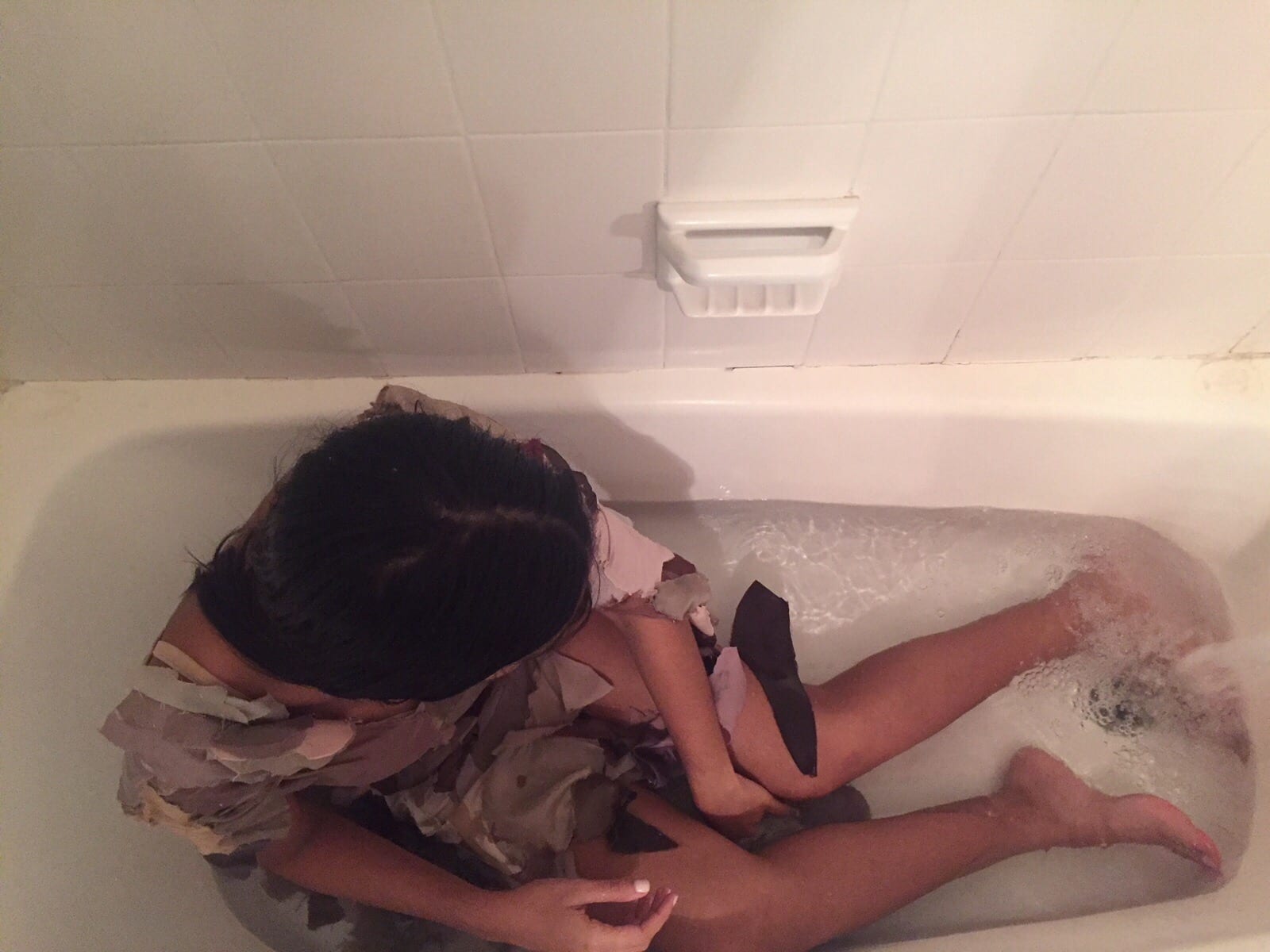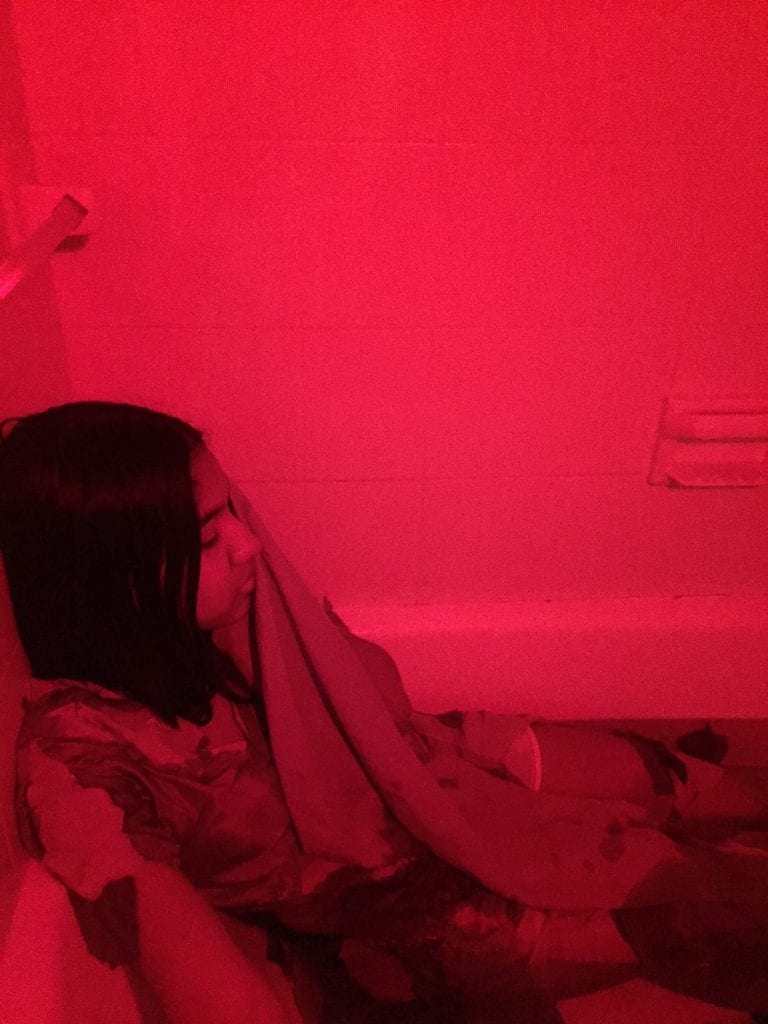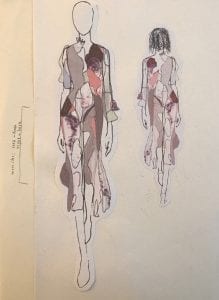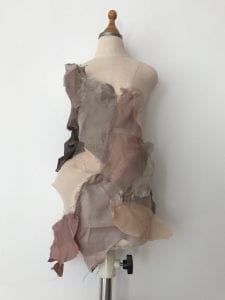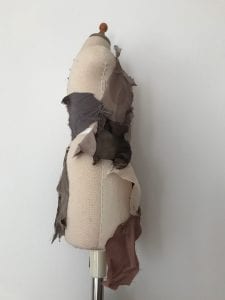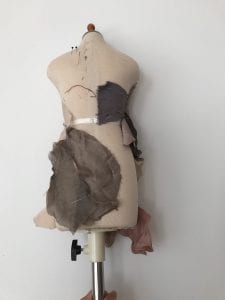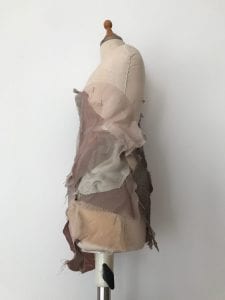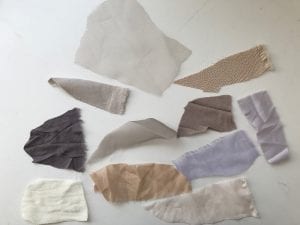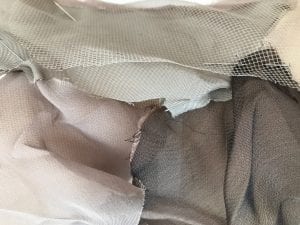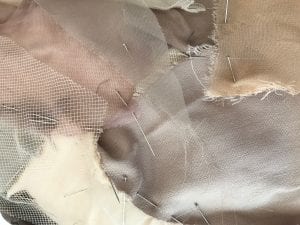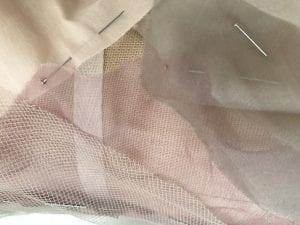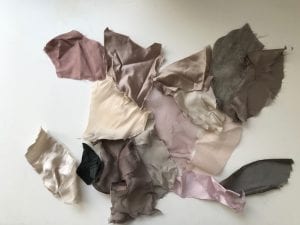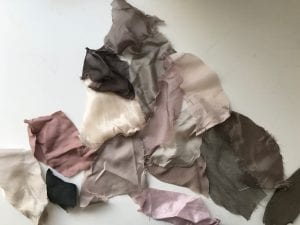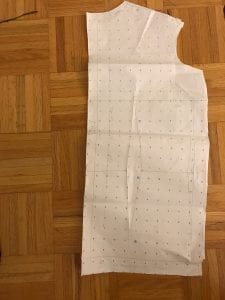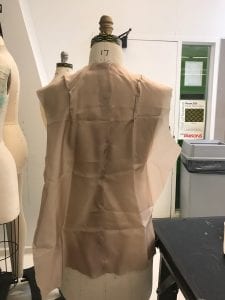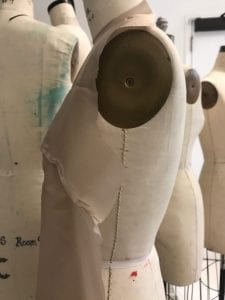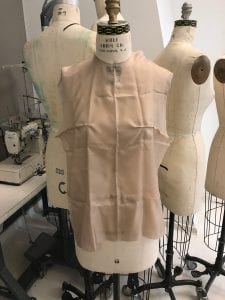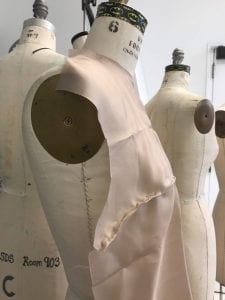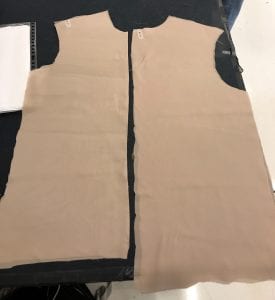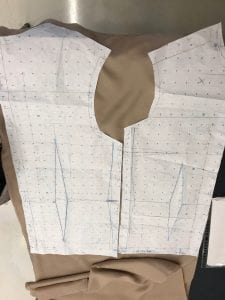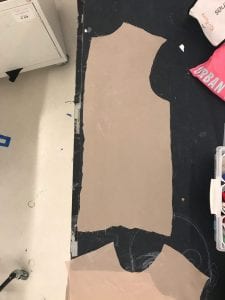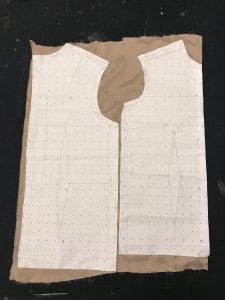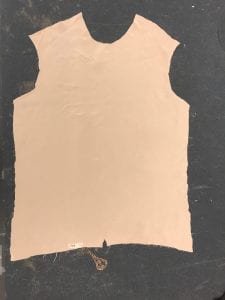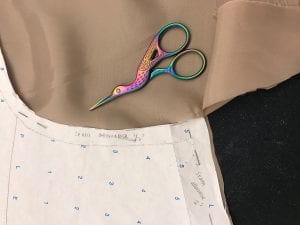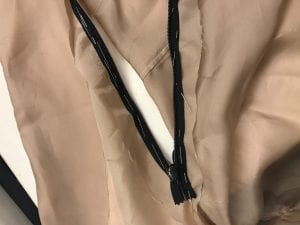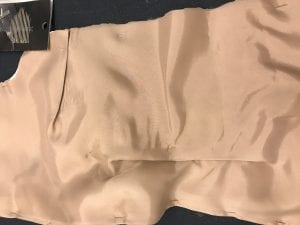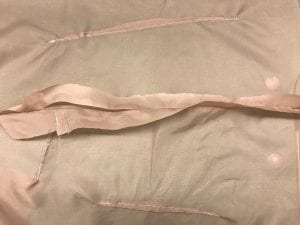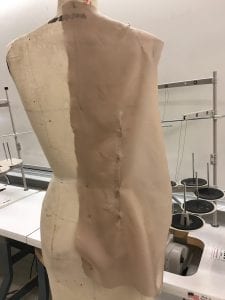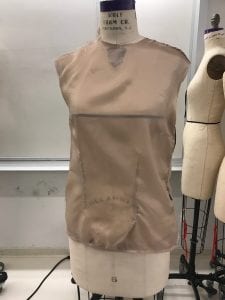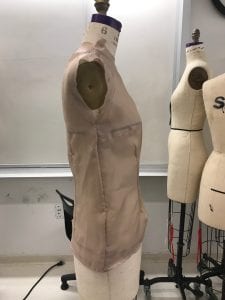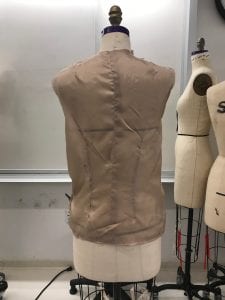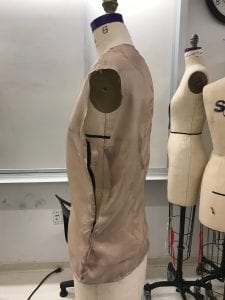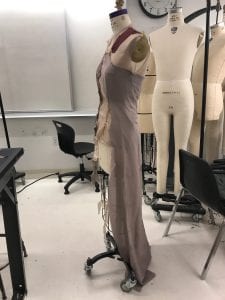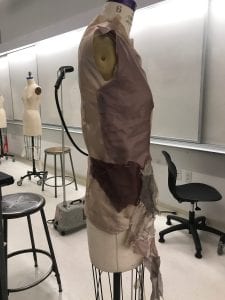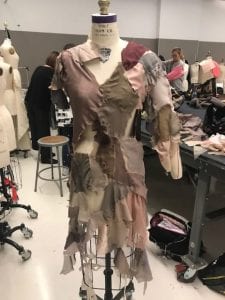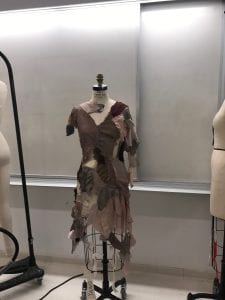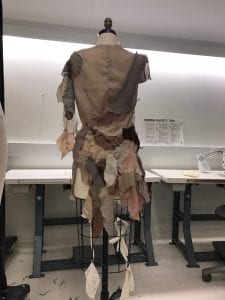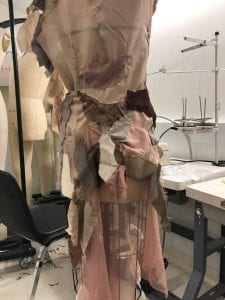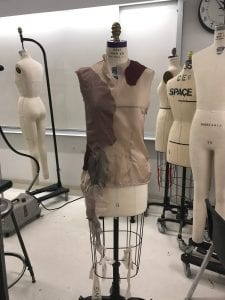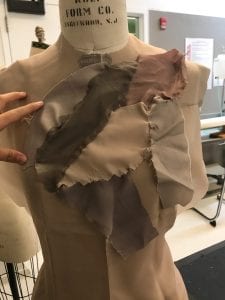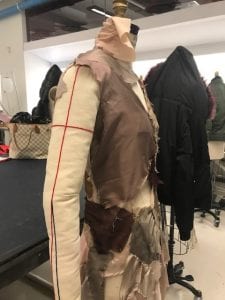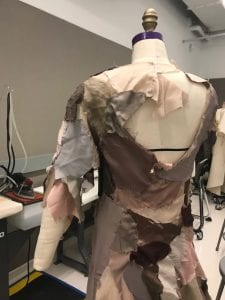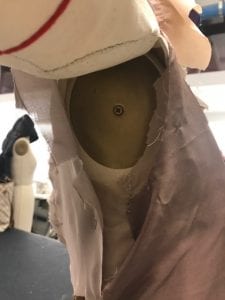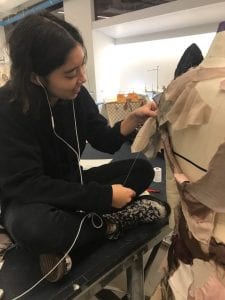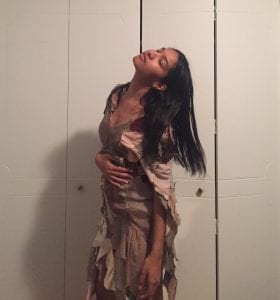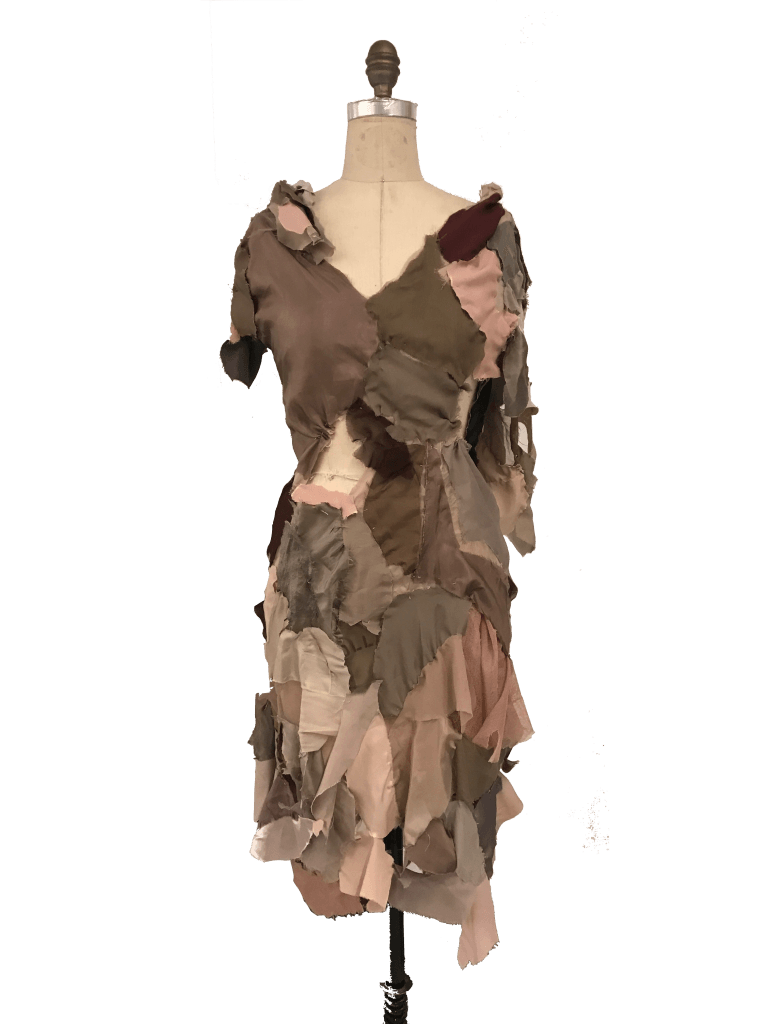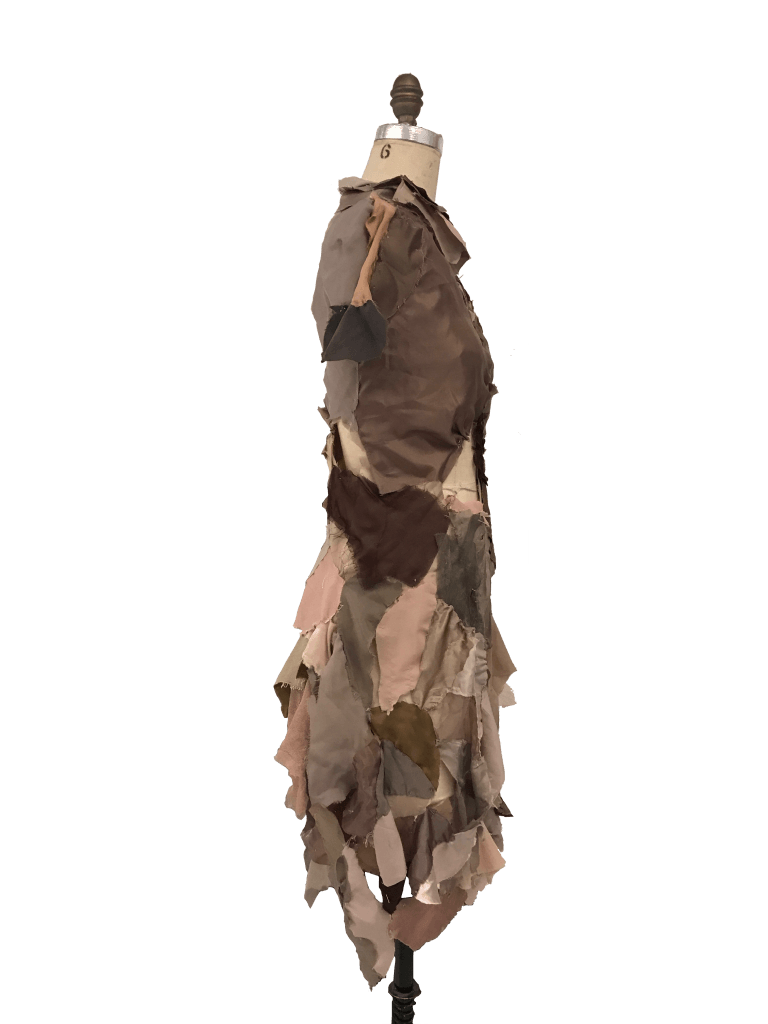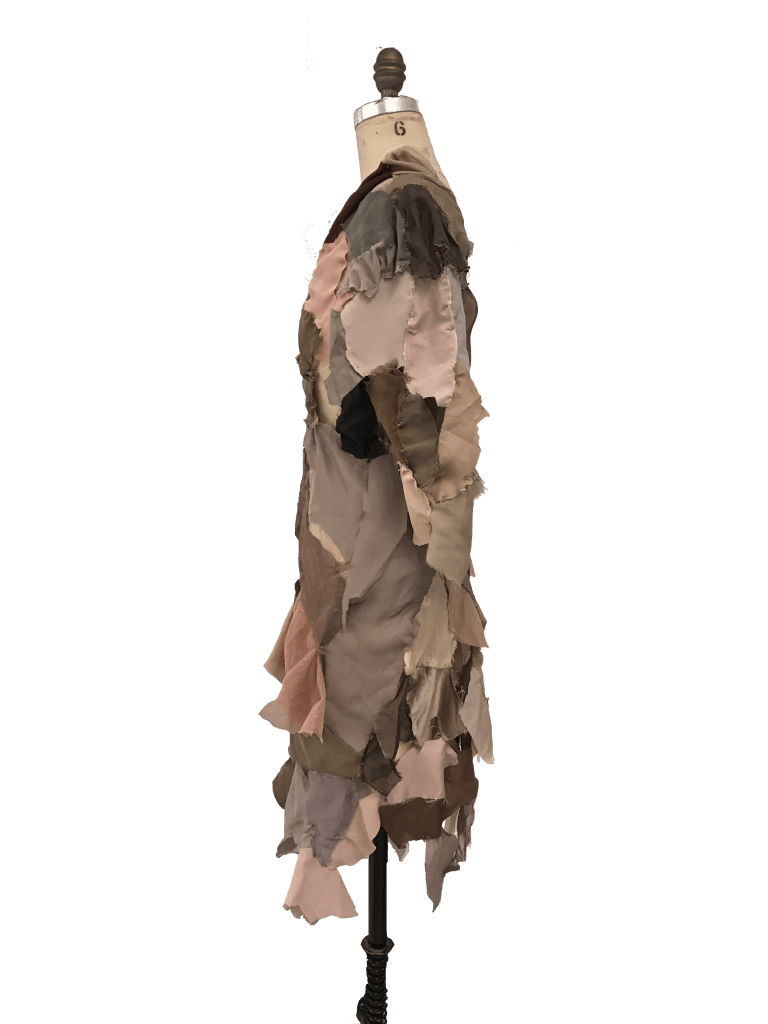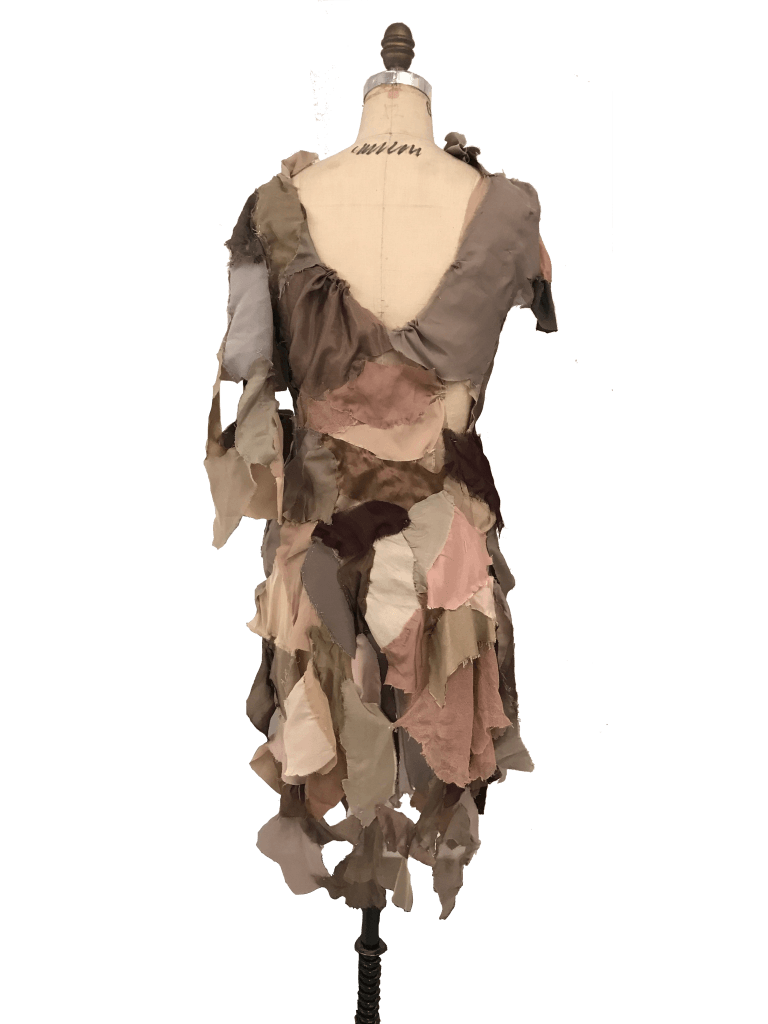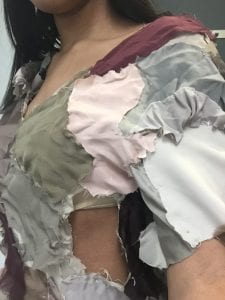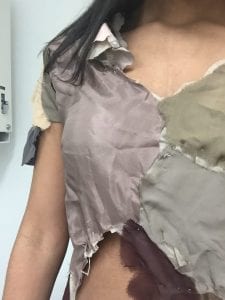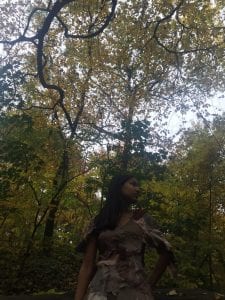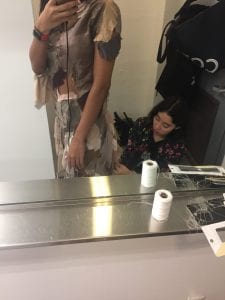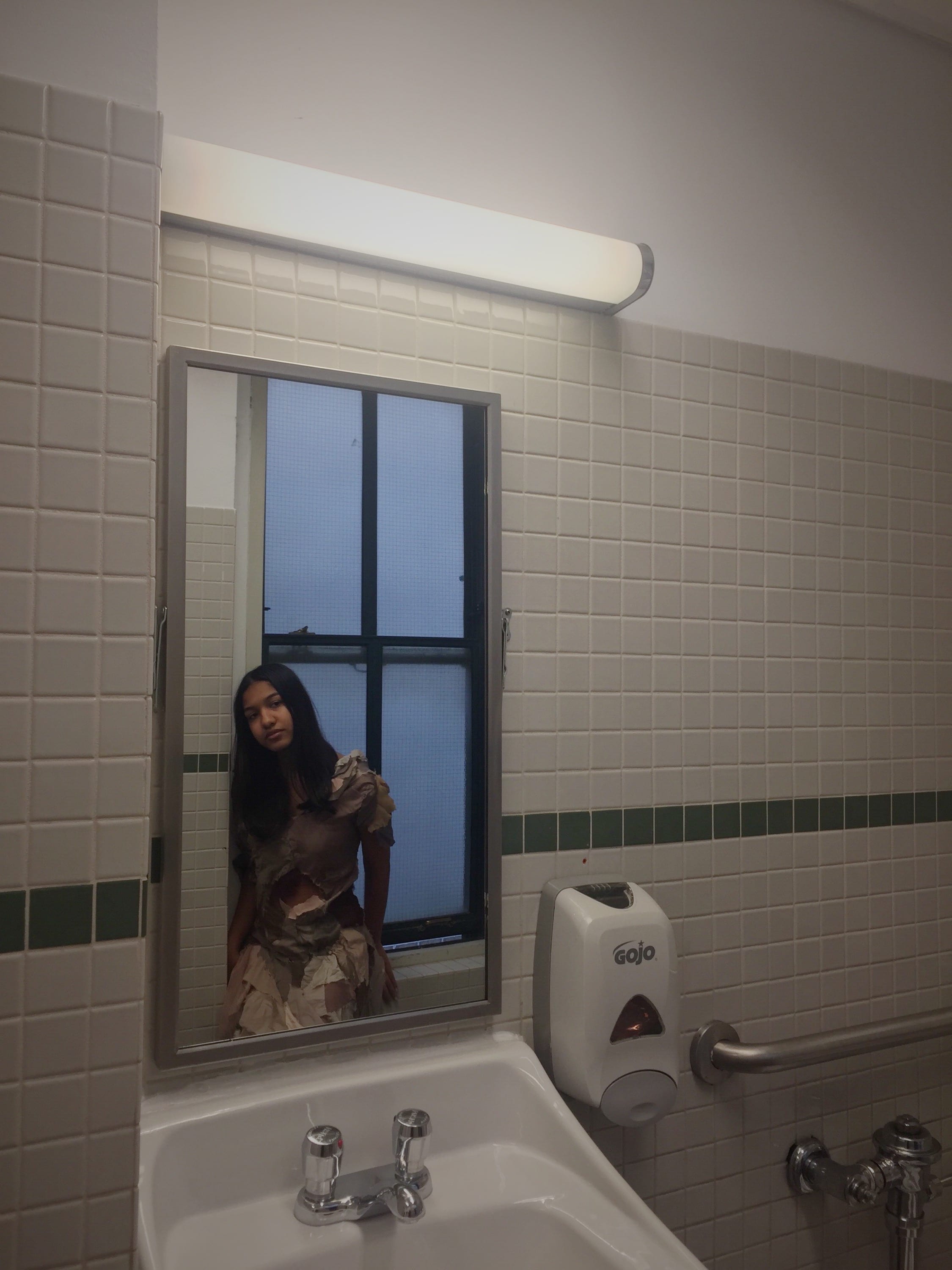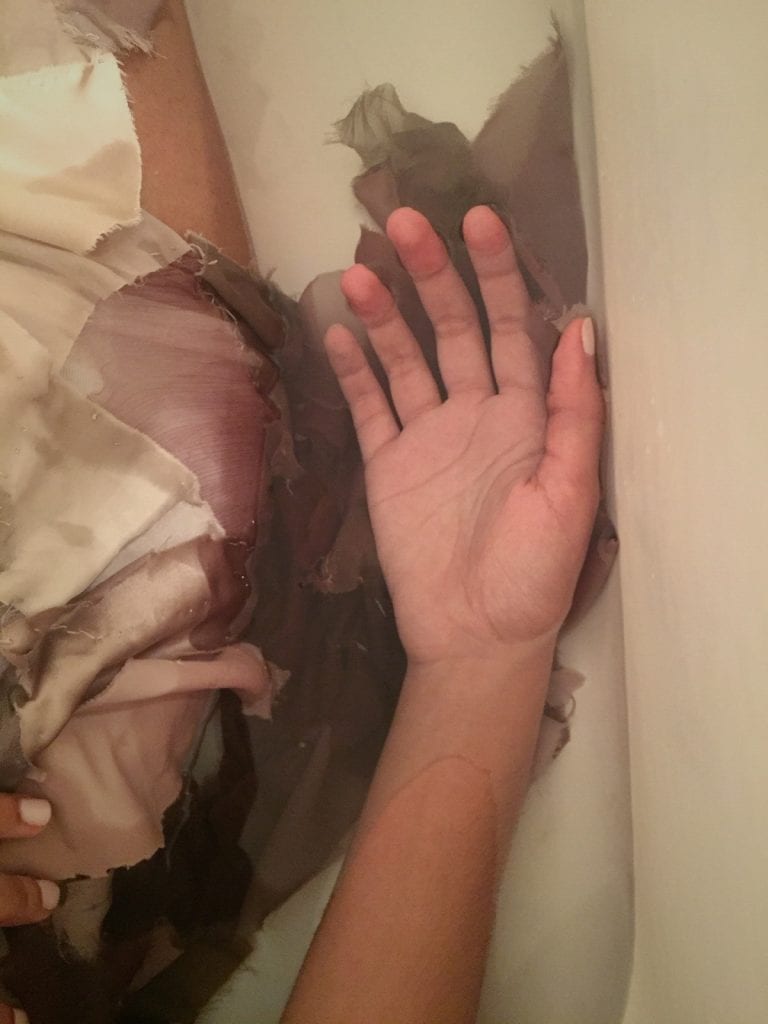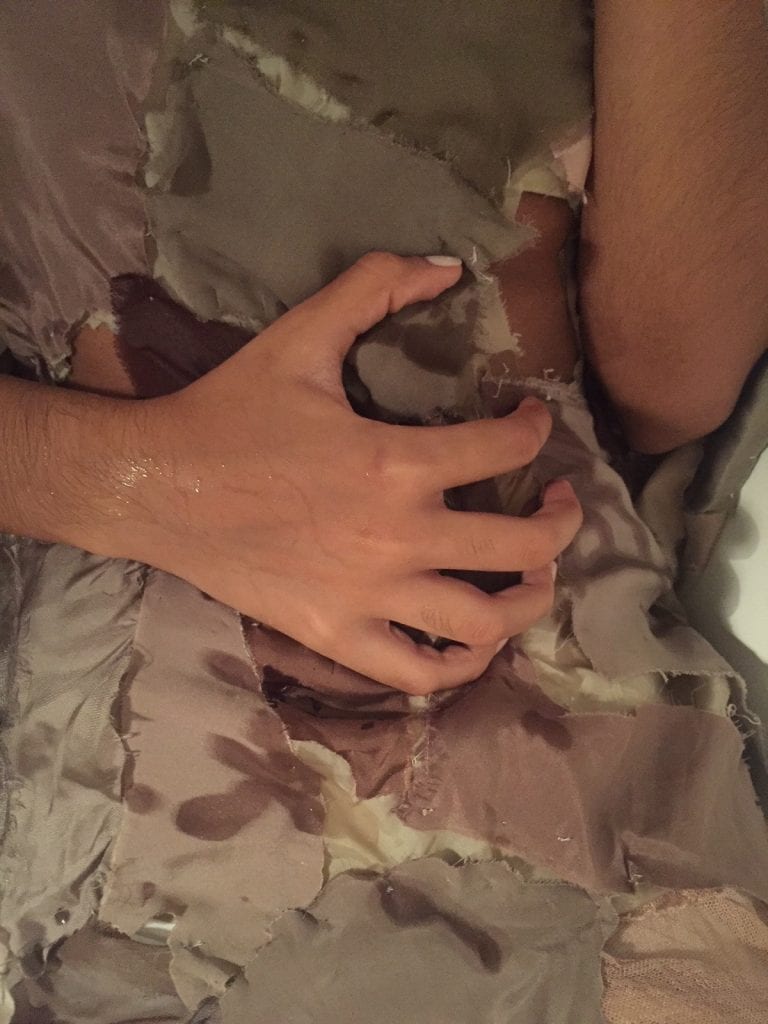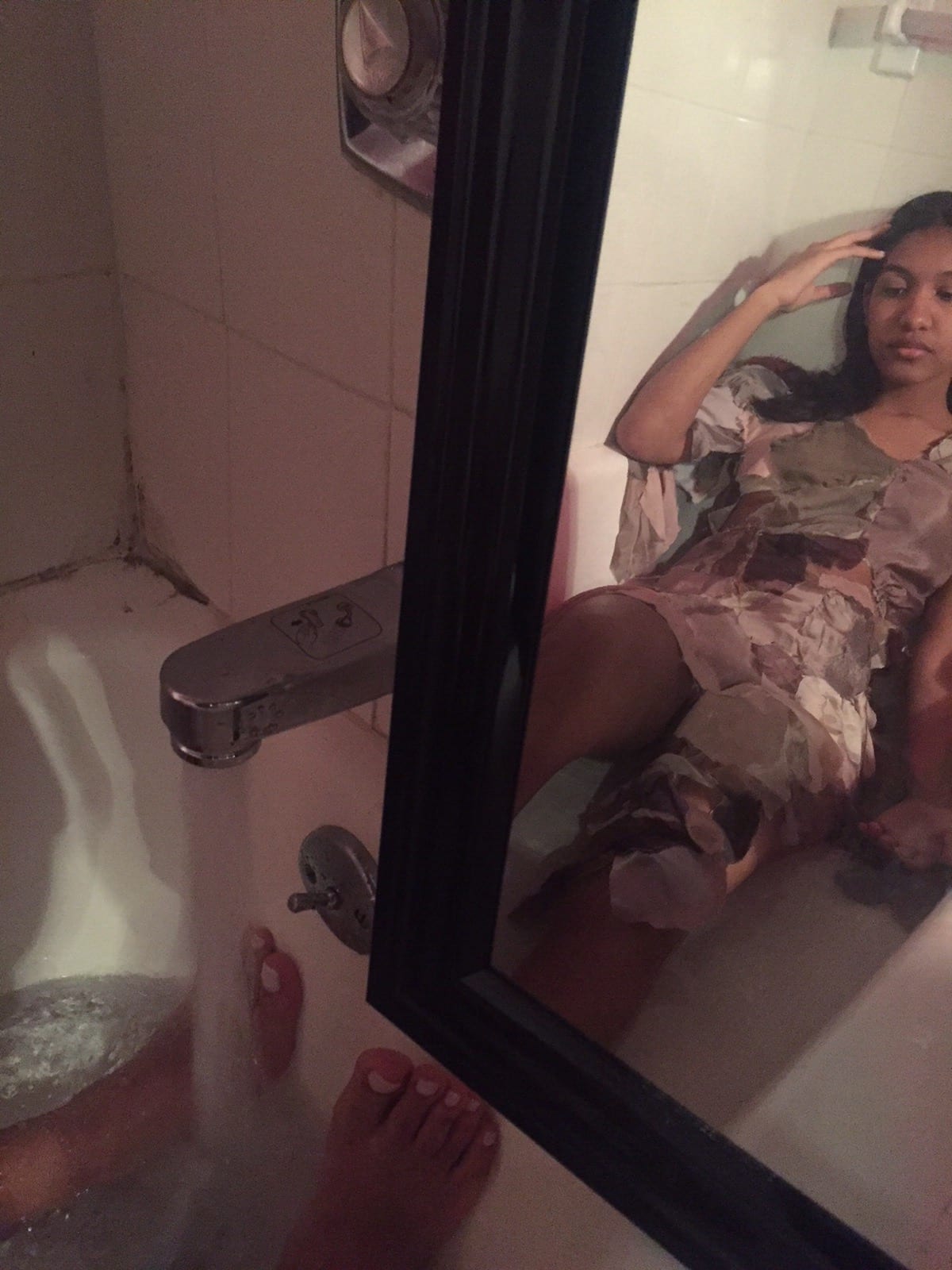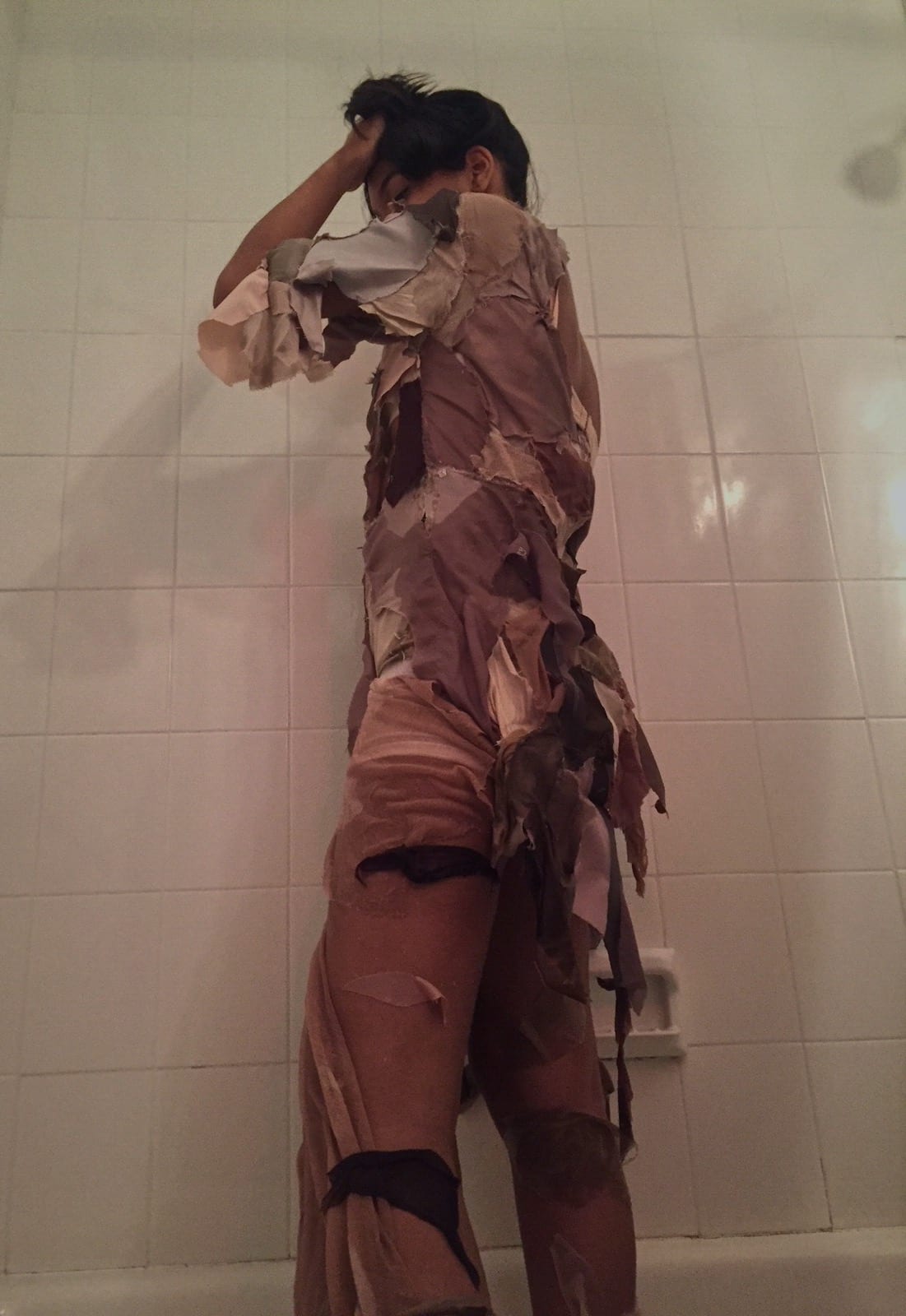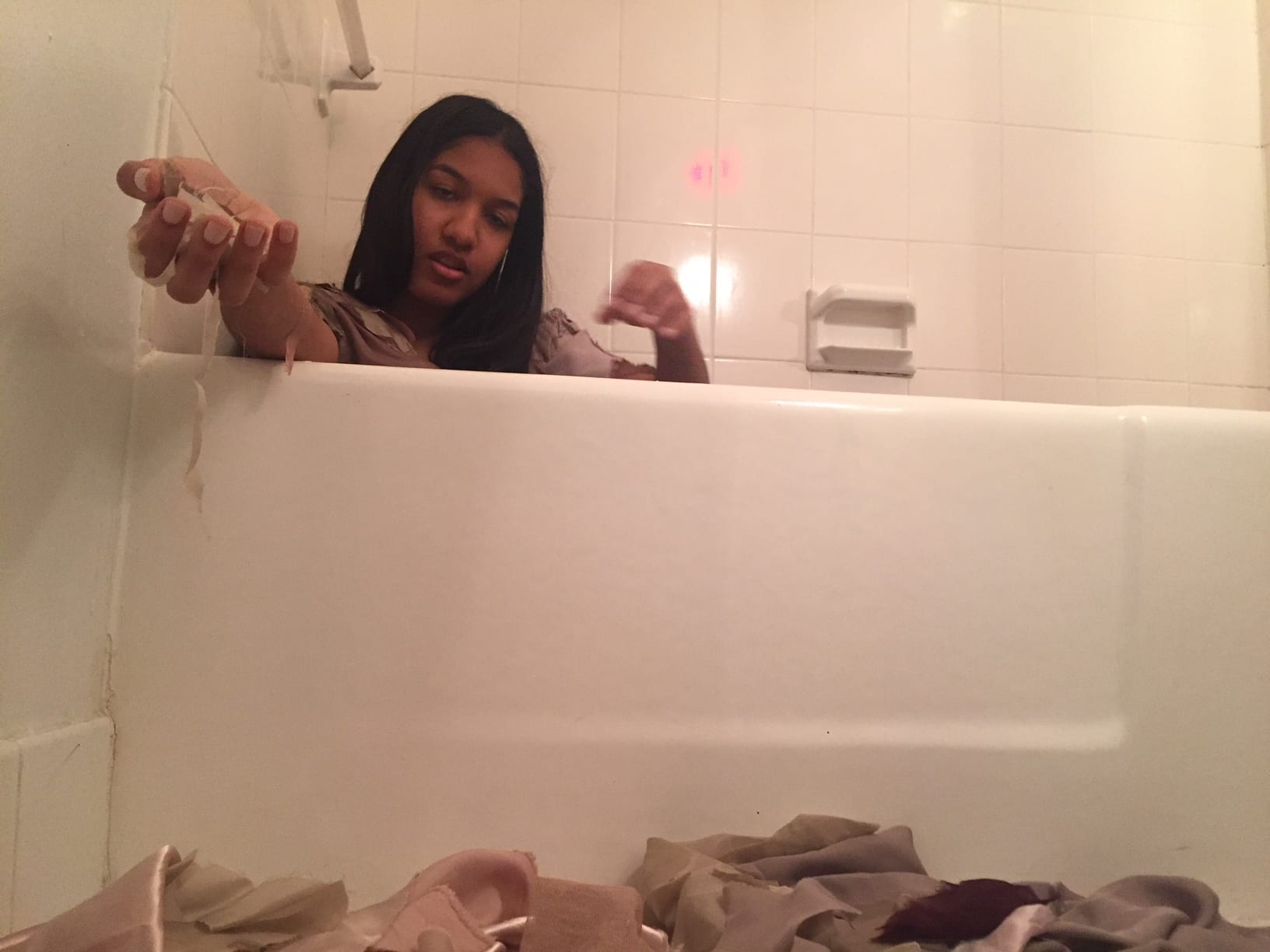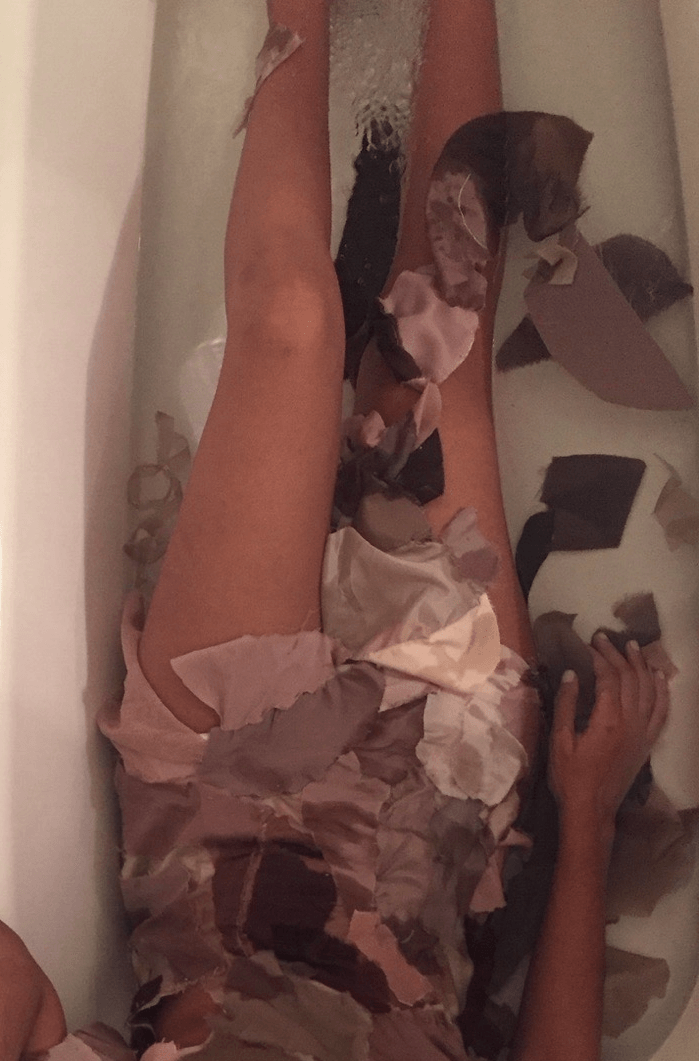Internum quoddam* conveys society’s focus on our EXTERNAL selfs. We look and discover within sometimes to learn more about and how to convey our EXTERNAL selfs. We look to the EXTERNAL view point of actions to reveal what could be felt
within. The alterations of biogenetics, the application of makeup, mirrors, autopsy are different forms that can be a role in someone’s story today. Health wise we are in our bodies but don’t always see all the movements occurring. In this piece I want to take the idea of what if we altered our insides for not the reasons we usually are thinking of, what could that look like in an
abstract way**. Specifically the organs and sensory nerves that affect the way we feel, and how this could affect us externally. As focused as we are on the EXTERNAL view point we do come to realize it taps into our conscious mind, but it could be altering our bodies too. This is a juxtaposition at another viewpoint of what if society did this. This piece is meant to be disturbing and controversial because it can be taken the wrong way in terms of ethical and technical opinions.
*internum quoddam means three parts in latin. the three parts are relating to: soul, mind, and body of both the external and internal parts of ourselves, collectively as individuals, and coming together as one.
**What if we could reshape, recolor, and live without some organs and senses? Fantasy like look to the
garment.
. . .
Inspiration
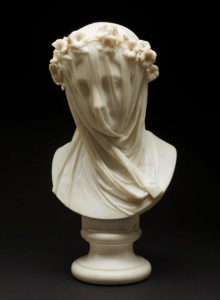
- The Veiled Lady: by Raphael Monti (Italy c. 1860)
https://artstories.artsmia.org/#/o/12092
- Polished sculpture
- Relies on less light reflection (search more about light reflection for piece)
- Loose and tight veil
- allusion
- Marbel (search more about this sculpting technique)
- “Veiled ladies were vehicles for flaunting virtuosity, not portraits (aka showing skill). In many European cultures, wreaths were worn by unmarried women and veils were symbols of new life—something about to be unveiled.”
- “One theory about the identity of veiled ladies is that they’re actually everyone, or at least every Italian. Created by Italian sculptors at a time when Italy was unifying, the veil and plain white color obscured regional differences (features and colors).”
This piece inspires my garment because the transparency of the external figure and a material draped over externally onto a material to unite yet still shows emotion.
2. Golgotha: André Martins De Barros (Paris, France 1989)
https://www.artmajeur.com/en/amartinsdebarros/artworks/99596/golgotha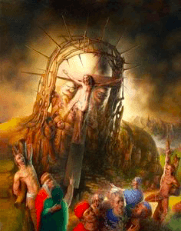
- Uses bodies and pieces them together to create a portrait as well as showcasing a scene. Brings together many bodies with different emotions as a unison for one all at the same time.
- Other paintings to reference do the same thing: some with plants, fruit, and bodies.
3. Victorian style really focused on the body and creating garments to change the external state:
Crinolines: weaving technique on garment, different kind of symmetry reminds me of a creating a new kind of ribcage
-
http://www.vam.ac.uk/content/articles/c/corsets-and-crinolines-in-victorian-fashion/
-
https://www.metmuseum.org/art/collection/search/104430
-
Dangerous
-
Almost as if another piece of the body was added (would be put on top of carriages while lady was riding so she could sit)
-
16th Century: “the corset was not meant to draw in the waist and create an hourglass figure; rather, it was designed to mold the torso into a cylindrical shape, and to flatten and raise the bust line.”
-
“Some men wore corsets in the 18th and 19th centuries. Especially in the late 1700s and early 1800s, high fashion for men called for form-fitting trousers and jackets. Some men wore corsets to create the required smooth silhouette. By the mid-1800s, however, the few men who wore fashion corsets were more commonly subjects of ridicule.”
-
“The S-curve form imposed on women’s bodies in 1900 was the result of a straight-fronted corset that started lower on the bustline than the corsets had a few years previously. The shape of the corset allowed the bosom to hang low and unarticulated in front while the hips were pushed backwards.”
-
1930s transitioned into a girdle
4. Bioengineering:
https://www.britannica.com/technology/bioengineering
– Medical instrumentation, biological modeling, blood-flow dynamics, prosthetics,
biomechanics, heat transfer, biomaterials.
– They can replace organs
Replacing organs:
https://www.medscape.org/viewarticle/450133_2
– “The best approach to organ replacement depends on the organ system involved and
may change over time.”
– Stem cells: https://stemcells.nih.gov/info/basics/1.htm
– cellular therapy
– Organogenesis: “the growing of an organ from primitive cells or stem cells.” This can
take a very long time.
– tissue engineering
5. Electromyography: recording electrical activity of muscle tissue of the skeleton as a visual
display or audibility
https://www.mayoclinic.org/tests-procedures/emg/about/pac-20393913
– “Motor neurons transmit electrical signals that cause muscles to contract. An EMG uses
tiny devices called electrodes to translate these signals into graphs, sounds or numerical
values that are then interpreted by a specialist.”
My question: Can the brain alter the way the body works with the not original organs?
– Can this alter, power, let us forget more memories?
– New actions in the body: mimicking versus new motions
– “the brain recognizes foreign and altered chemical structures that may occur in the host
organism and how it mobilizes the proper mechanisms in the cause of host defense.”
“The nervous, endocrine, and immune systems form a neuroimmune supersystem,
which is characterized by continuous interaction and mutual reliance on each other and
which coordinates and regulates all physiological and pathological events in their entire
lifetime.”
https://www.sciencedirect.com/science/article/pii/B9780123846914000079
The brain is connected to the sensory nerves
– Spinal cord
Veins connect to the valves of the heart and surround the entire body
Function of blood in the brain:
– Blood Brain Barrier: “prevents materials from the blood from entering the brain”
– allows some substances to pass through, but not all
“Low lipid (fat) soluble molecules do not penetrate into the brain. However, lipid soluble
molecules can.”
– Exposures to other sources of factors could make it more easier for substance that
should not pass to pass
– Alinement of cells
– Can relate to the garment in terms of order and manipulation effects
– On of the circumventricular organs
– https://faculty.washington.edu/chudler/bbb.html
– http://www.innerbody.com/image/musfov.html
Using material in between as the muscular system that keeps the body held together and some elements of a spinal system that connect senses to the brain and keep the body intact for the
garment.
. . .
Visual Inspiration
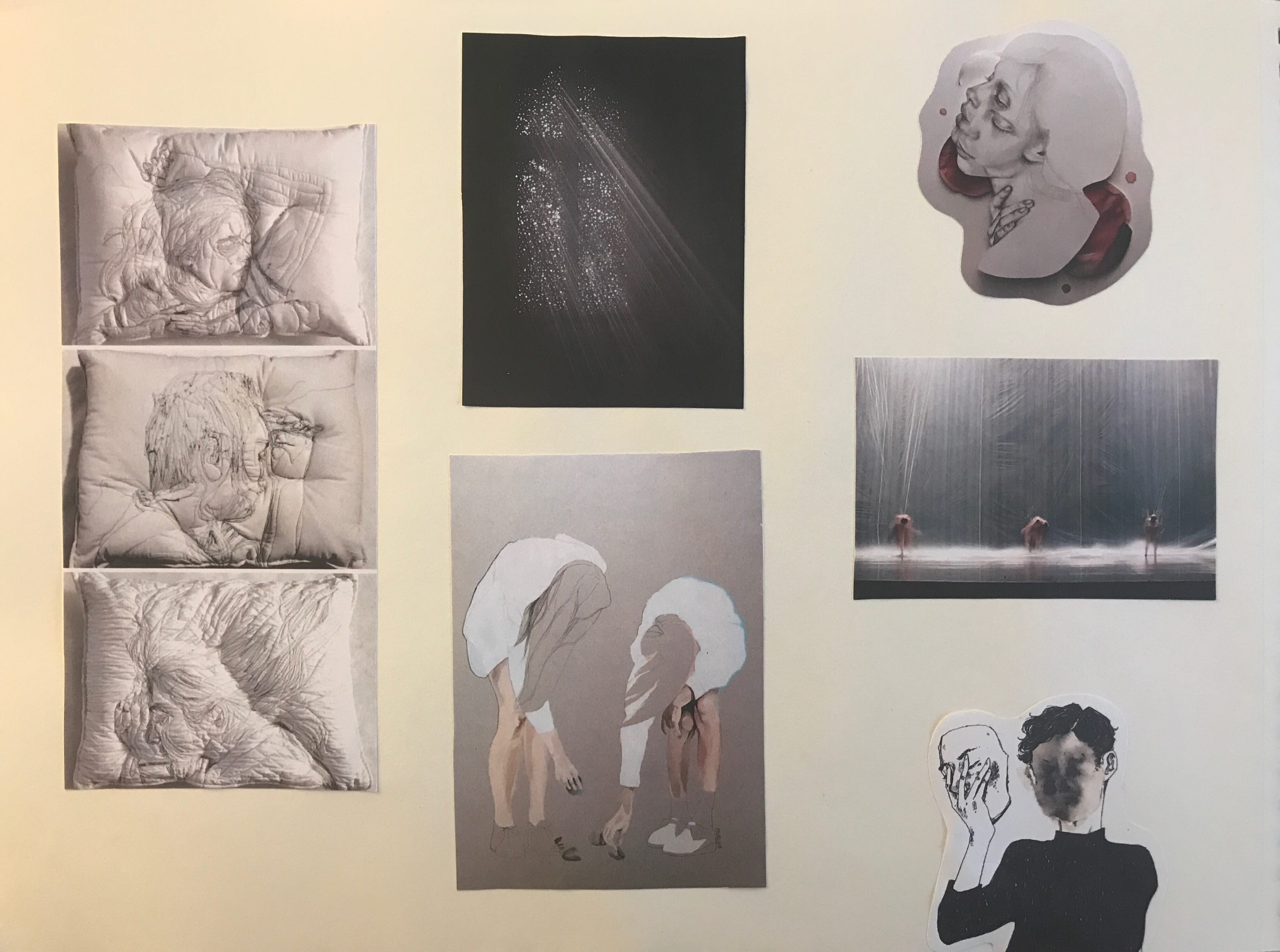



. . .
Garment + Treatment Ideas
REQUIREMENTS: “DRESS with a collar, facing and sleeve.”
– Some other ideas and thoughts are in the research areas
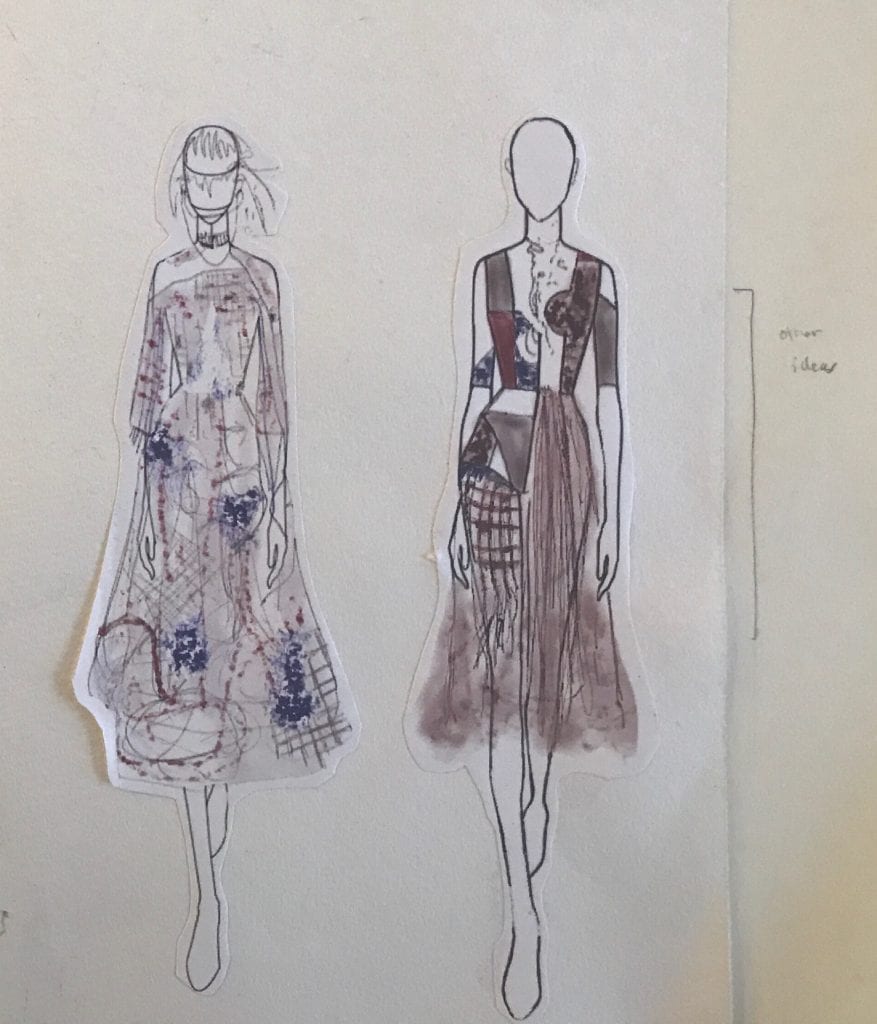 Underpart of the skirt stays closer to the legs: under layer and strategy to signify veins and
Underpart of the skirt stays closer to the legs: under layer and strategy to signify veins and
passageways that connect the body.
Top part of the skirt: sheer so you can see the underlayer.
Some spaces show the body of the person wearing the garment. Showing the contrast of the body and the fantasized juxtaposition .
- embracing your true self
The collar I was trying to figure out how to add that requirement.
Weaving on the side of the leg that connects to the underpart of the skirt.
Blue represents the blue valve in the science books.
Red represented coloration of blood and different tones represent all the material in our body over time that changes coloration that we may not be able to see
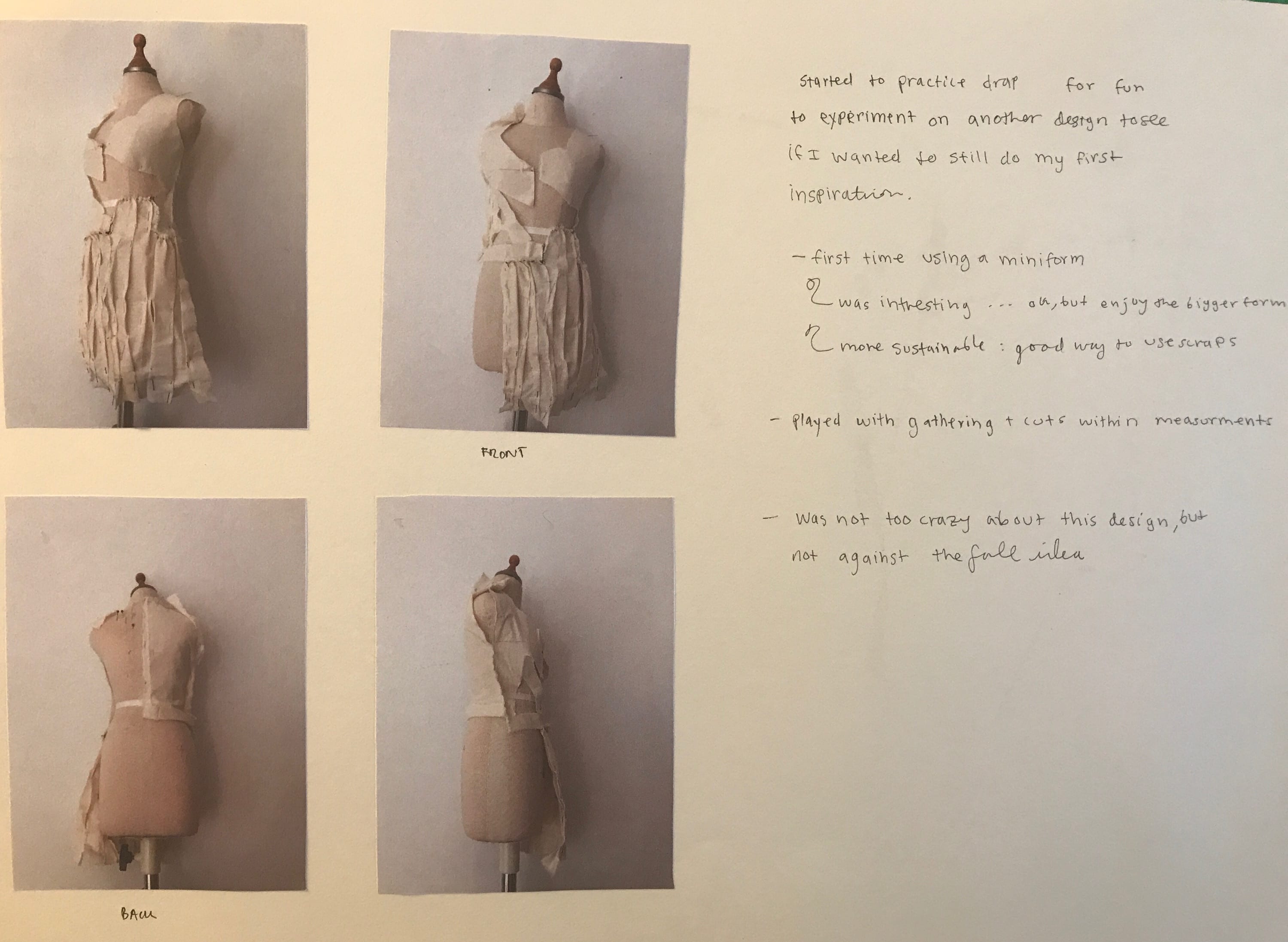
I found that through doing this drape that in draping wise this drawing would make more sense to drape with a layer underneath. I wanted a uneven pleat, and found that this look on the muslin looks odd. With the he silk and thin fabric it could work possibly. Slits were cut were the pleats met at the end of the dress.
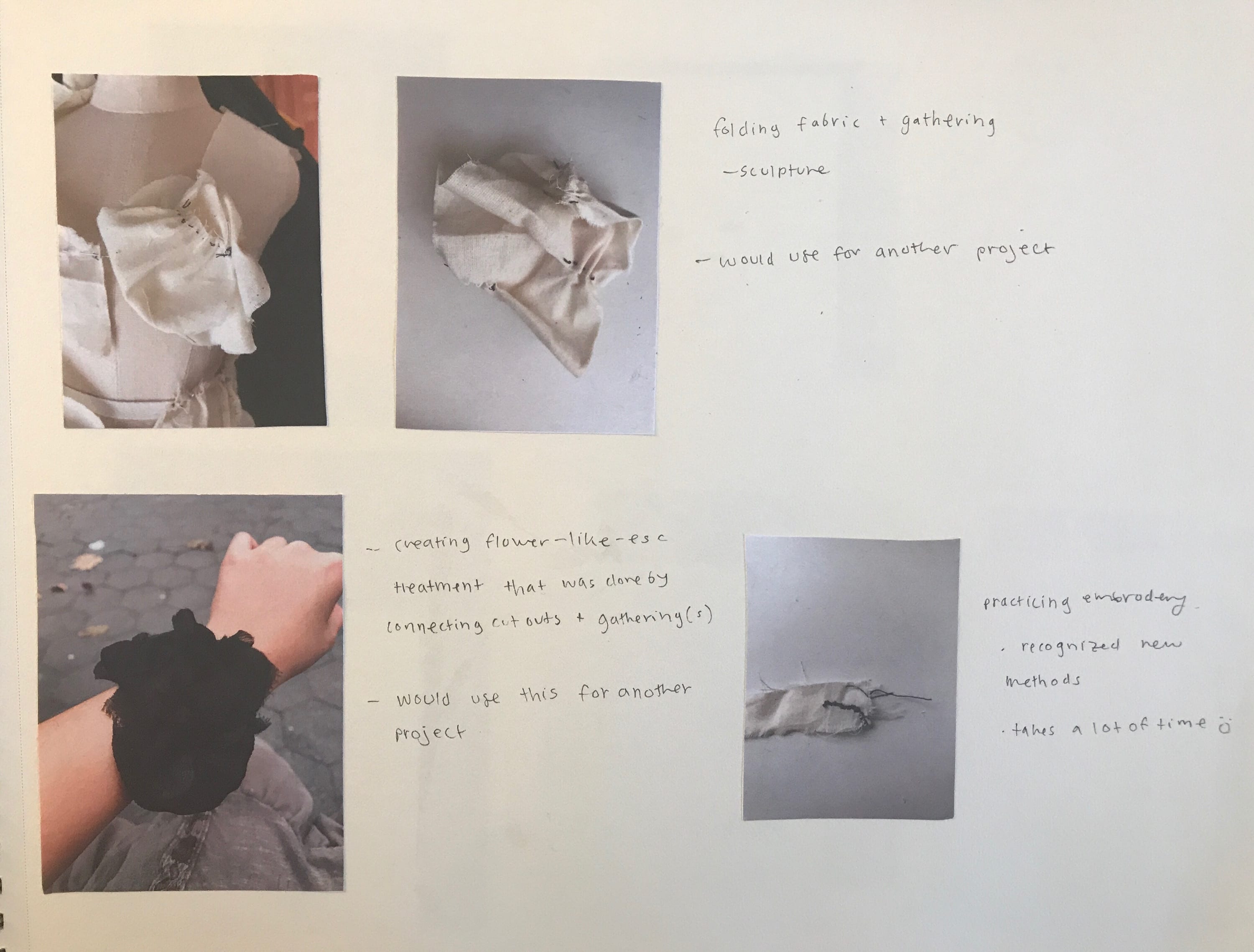
I have tried some treatments out of silk and discovered that I really like one look I tried, since the other ones look very similar to each other.
Tried to use wrappers that were thrown away to make a three dimensional shape then transitioning to stitch them together. The problem was that the material was so thin that the needle kept breaking the shape.
Also tried to use sequins, but found that I was not crazy about it, but still it is in consideration.
Embroidery is nice, but I just to note to myself the process is time consuming, but faster than making dots that were on my drawings since I had to keep retying the needle
Doing a running stitch, then folding the fabric added a cool texture that when pieced together makes a good texture on the form and body for the dress.
Felting probably will not do, but might consider it to piece together certain fabrics together or will test it out when I get my final fabric to see how it turns out.
. . .
Final Design
- Openings and closings conveyed by layering pieces together of sheer material.
- Some spaces show the body of the person wearing the garment. Showing the contrast of the
body and the fantasized juxtaposition. - Embracing your true self
- Shapes are inspired by reconfiguring organs.
- Blue represents the blue valve in the science books
- Red represents coloration of blood and different tones represent all the material in our body.
over time that changes coloration that we may not be able to see. - Completely made out of swatches, and treatments are all hand sewn.
- Colors inspired by the skin tones of many people, and colorations of organs (that change tone overtime).
- Skin openings to show the natural beauty of the person wearing the garment and the contrast of external and internal.
. . .
Construction
FABRIC:
Lining: Bemberg Acrylic from Chadick and Rosen Fabrics : bought 1 yard incase, only need 1/2″yrd
Most swatches came from Mood NYC, and I had to keep going on weeks on end to get enough. All of the pieces are silk. Some swatches were found. I wish I had done all the pieces being found to create more of a sustainable element. I wanted to think of zero waste design in a new way. Also the act of people cutting the swatches I had zero control of the shape and in a way it feels as if the originality component of what makes others was infused into this garment.
There was a much larger selection at Mood. I think that I really gravitated towards the silk. Some of the fabric has a nonmetallic and metallic side. I think that I do not want any metallics in my garment and only matte colorations so that the color can blend more into the skin, or even just seem more realistic like than something shiny. If I was making a collection I might add some elements in other designs that are shiny with the juxtaposition of the matte coloration.
Playing around with the swatches:
I decided to layer and piece the swatches together to see which ones I would want, and I released that maybe I don’t need to buy just huge roles of one kind of fabric. I could use already used materials and piece them together. This way it is more sustainable. Also, this is not me draping a design, it is just seeing how the fabric would work on the body.
I think I am going to keep these colors, I really like them together. I like using silk. It feels free and nice on the body and skin. It is semi transparent and has great movement, thus you will be able to see the person’s skin embodying the body literally.
- A&A
- Mood NYC front
- back
Pattern Making:
- Front
- Back
I decided to use the straight top pattern so that I could sew my treatments onto of the garment. This was my first time ever using the sewing machine and drawing a pattern for my original designs. Usually I just construct everything as I create the piece, which I did with the element of hand sewing, but to say the least this was a new experience.
First Attempt:
The arm holes were off in the pattern in the first try, therefore I had to remake the entire pattern.
Second Attempt:
Machine Stitching:
- darts
- side seams
- seam allowance on the bottom of the top
- added an invisible zipper: didn’t care if the zipper matched the color of the garment to juxtapose trying to make a garment always look perfect. The professor did not like the color and told to paint it. I tried but it looked messy, and wouldn’t fully paint over the fabric.
Treatments:
Over the weeks I had sewn swatches together*, and it was time to fit them together onto the dress form. I also had bought three types of china silk and a piece of mesh Oscar De La Renta fabric for the bigger pieces of the sketch. There were many swatches left that I had used to fill in the holes.
The reason why I hand sewed the swatches was because I love working with my hands. Also, I did not want all the seams to show, only some. A rugged look was wanted and to show the non perfection versus how many people want their garments to look clean cut. This is to show venerability. The act of working with my hands and touching/bending the shapes mesh with the concept of the dress.
*many of the pieces were sewn on the train which helped me stay on a good pace. Also, instead of going on a phone this taught me how much you can take time to learn a skill if you do not always have an excuse it is possible.
Working on the sleeve I had to make some cuts on the left side, and did not enclose it. That way the top flaps could naturally drape over the body. Then the right side sleeve was longer and was made to enclose/wrap around the entire surface area of the arm. The attachment arm to the mannequin was quite helpful versus when I did not use it.
When cutting out the sections that would show the skin, the fabric became loose. To make sure the dress was still fitting (not too tight, not too loose) I gathered some of the swatches.
To make the collar, I layered swatches on top of one another. At first it was common sense to layer it, and the more swatches added, I had to reverse the way I attached the fabric together.
Completed Garment
- front
- left side
- right side
- back
Photoshoot
. . .
The idea of looking into the mirror and staring at yourself so long that you know and don’t know who you are so that you are staring into your soul tied to the manipulation of organs was the inspiration. We tried to play with the red light. In the beginning, we started at Central Park. It was beautiful there, but it did not fit the mood.
Final Story
. . .
This garment taught me new techniques that I could blend into my own ways that I enjoy creating. This project in creative tech proved to me that I can learn the technique and twist around the traditional ways of creating while using fabric that can be worn. Most of my previous garments had been made out of materials or had been abstract structures that are not applicable to everyday wear. This really has given me new ideas on how to approach technical wear while meshing only one of a kind motions.
